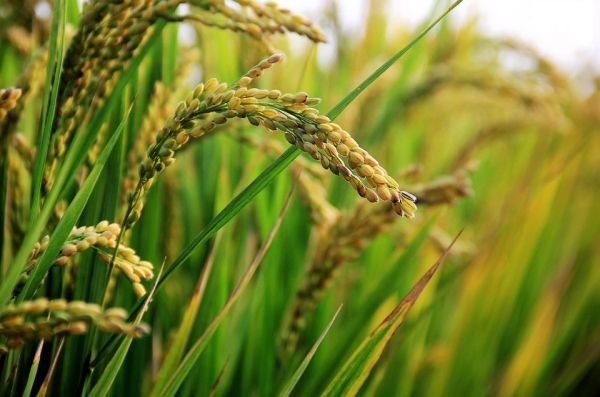Rice plants engineered to have fewer stomata – tiny openings used for gas exchange - are more tolerant to drought and resilient to future climate change, a new study has revealed.
Scientists from the University of Sheffield have discovered that engineering a high-yielding rice cultivar to have reduced stomatal density, helps the crop to conserve water and to survive high temperatures and drought.
Much of humanity relies on rice as a food source, but rice cultivation is particularly water intensive - using an estimated 2,500 litres of water per kilogram of rice produced. However, almost half of the global rice crop derives from rain-fed agricultural systems where drought and high temperatures are predicted to become more frequent and damaging under climate change.
Like most plants, rice uses microscopic pores called stomata to regulate carbon dioxide uptake for photosynthesis, along with the release of water vapour via transpiration. When water is plentiful, stomatal opening also permits regulation of plant temperature by evaporative cooling.
Under water-limiting drought conditions, stomatal closure normally slows down water loss. Low stomatal density rice conserves its water better under drought, and so has more water left to cool itself when necessary.
Read more at University of Sheffield
Photo Credit: zcf428526 via Pixabay


